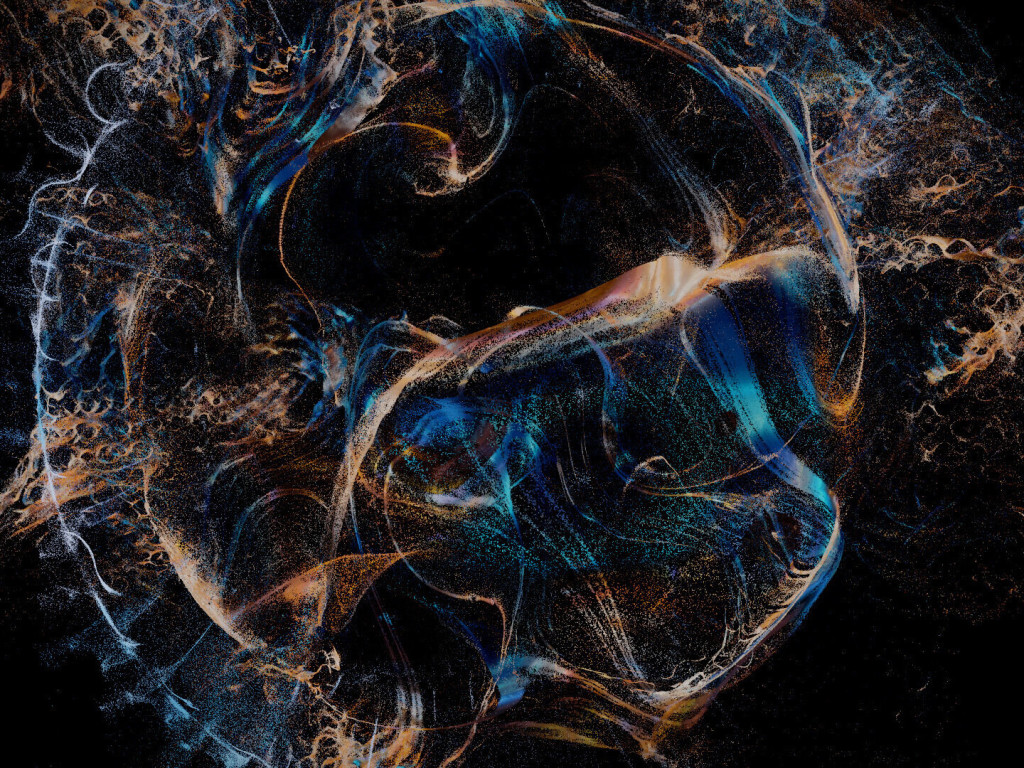Add free, open-source visual programming on the GPU to the free-for-noncommercial-use vvvv – and get materials, lighting, effects, particles, and generative geometry. Here’s the twist: you do all of that without code or scripts, and it’s all on the GPU, live.
It may have gotten lost in a swarm of news last week about patching synthesizer modules with cables, but FUSE is just as important in the category ‘creatively connecting stuff to other stuff to make amazing things happen.’
Elevator pitch: “FUSE is a library for visually programming on the GPU, built to enable rapid workflows and modular approaches to accelerated graphics, logic and computation.” Oh yeah, and it runs on vvvv gamma, the next-generation vvvv visual platform which got some major releases while the pandemic raged – see https://visualprogramming.net/. (Windows-only – hey time to build that box with a new NVIDIA GPU, huh? Pronounced “vee-four” or “v-fier” or sometimes a percussive “v! v! v! v!”)
The team is made up of artists known in the creative world – Kyle McLean, Natan Sinigaglia, and Christian Riekoff – and runs on vvvv, the powerful visual dataflow environment. Their background in things like sculpture and digital art and contemporary dance and sound also means a tool and documentation that is sympathetic to what us artist-types need, not only the math-whiz 3D crowd. And yeah, it runs on vvvv, in that family of “make stuff by connecting boxes to other boxes.” The library is free, and vvvv is free for noncommercial use (and inexpensive to license commercially), so accessible in tough economic times.
But the real breakthrough here – apart from bringing new eye candy magic to vvvv and its community – is that FUSE is through-and-through “always-runtime.” In the age of live coding and realtime experience, that means you do your visual patching and everything responds instantly. You can even work with compute shaders without writing shader code.
So, apologies if you just bought a nice clicky mechanical keyboard; this is a mouse affair.

The competition is fierce as this category matures, but there’s plenty here to recommend:
- Accelerated procedural functions
- Geometry import
- Native support for signed distance fields – basically a way to get beyond that usual geometry
- Out-of-the-box particle systems, spatial effects, vector fields, fluid simulation
- Compute shaders for logic and algorithms – whoa, so you can actually run your stuff on the GPU without coding
- Game engine-style materials, lighting, and whatnot – because it’s built on Stride, a next-generation, high-performance, VR-ready game engine. Only here, you can use vvvv instead of a bunch of C# scripts.
They also promise “beautiful documentation” – there’s constant assistance as you’re learning, and they even tout FUSE as a way of understanding these visual techniques. You could learn stuff to apply elsewhere, that is.
Code, of course, can be expressive, too, but that combination of visual interaction and real-time feedback is often better suited to artistic use cases. “Hold on while I write some code” tends not to work in a modern dance studio. (Neither does “oh, I need a bunch of money to buy a license,” so both those aspects fit here.)

Technical aspects aside, though, maybe the most promising thing about FUSE is just its open nature and community support. The vvvv community has matured over years not just as a strong support network for its own tool, but media art and electronic performance more generally. They’ve been a hub for teaching, sharing, and art – see the NODE Forum.
It’s great to see this small FUSE Lab take up that tradition and bring the kind of visual expression that has been largely limited to industry-focused tools for motion graphics and visual effects. I think it might benefit everyone – even outside the tool itself.
They’ve got the videos to get you started, too. So let’s have at it:
The release presentation, in glorious Technicolor panoramic uh … Zoomvision (yay?):
We should really build something in FUSE to liven up the next one. Good to see some faces I’ve missed, though.
And on that note, let’s grab the actual software for you. Installation:
Compute platforms say what now? Glad you asked: